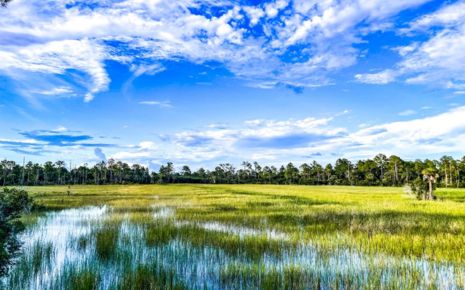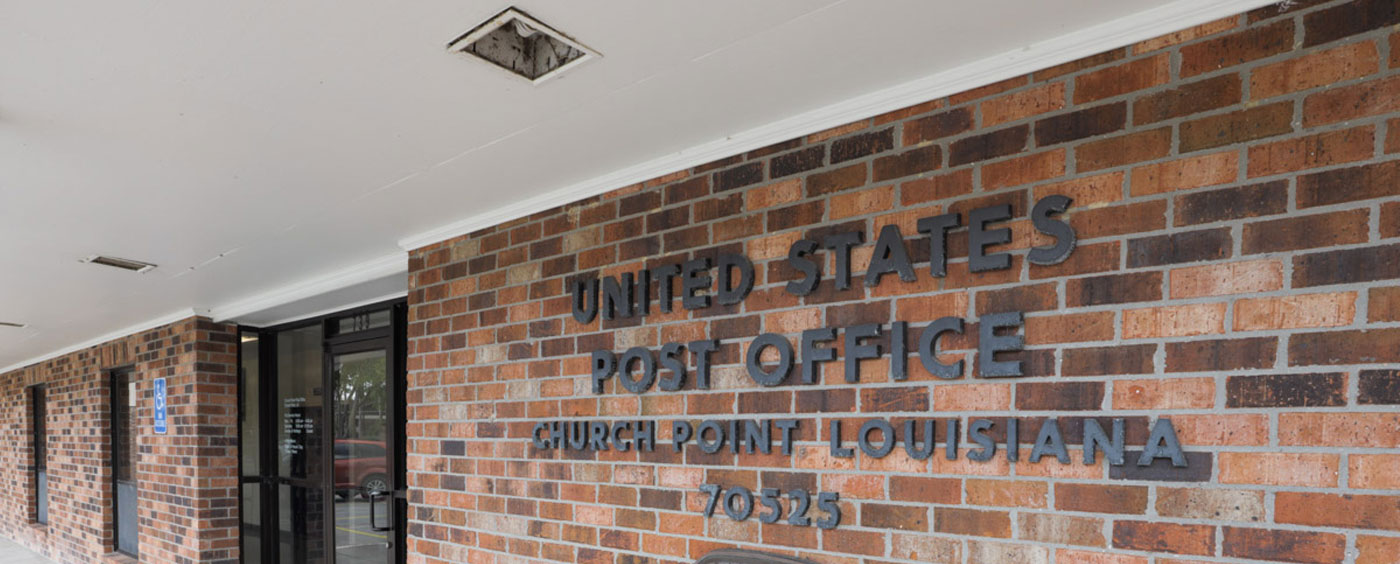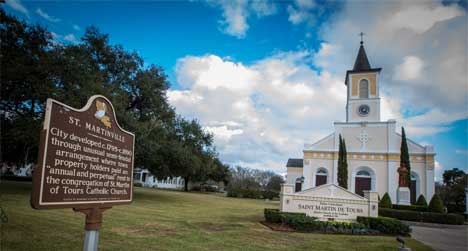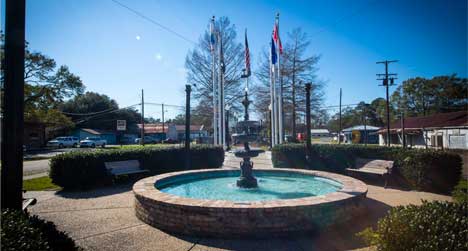Revived Alexandria to the Gulf study will examine regional flood solutions

5 Apr 2025
Latest News
An important project for Acadiana first conceived in the late 1990s is receiving a new focus following the signing of the Water Resources Development Act of 2024 into federal law. The act provides for improvements to the rivers and harbors of the United States and for the conservation and development of water and related resources. A landmark Alexandria to the Gulf feasibility study would examine flood mitigation across a multi-parish region encompassing all parishes under the oversight of the Acadiana Planning Commission.
The far-sighted study was first adopted in 1997 in Louisiana – almost two decades before Louisiana encountered two 1,000-year flooding events in 2016, one in Acadiana and one in northeast Louisiana. With the adoption, the state acknowledged a feasibility report needed to be developed in accordance with the Water Resources Reform and Development Act. Goals of the study were to identify alternatives, such as dredging, retention and detention ponds, channel clearing, and control structures to lessen river and coastal flooding. It would also examine excessive rain events.
Joining forces with the Louisiana Watershed Initiative
After the 2016 flooding event in Acadiana, an executive order from Governor John Bel Edwards launched the Louisiana Watershed Initiative in 2018. A $1.2 billion U.S. Department of Housing and Urban Development grant provided flood mitigation funding through the Louisiana Office of Community Development. The state was divided into multiple watershed regions without considering political or geographical boundaries, but rather science-based hydrological boundaries. The Acadiana Planning Commission is the fiscal agent for LWI Region 5 – officially the Acadiana Watershed District and a political subdivision of the state.
“The Louisiana Watershed Initiative put light on regional flooding and how we can work together as a region, because water is going to go through every parish. It doesn’t recognize borders,” Kelia Bingham, Watershed Coordinator with Acadiana Planning Commission, said.
With a new organization in place focused on watersheds, the project was revived and brought to the attention of U.S. Representative Clay Higgins’s office. With support from the congressman’s office and ongoing awareness of the impacts of the 2016 floods fueling interest, the study was brought forward again. To better accommodate the needs of Region 5, additional parishes supported by the Acadiana Watershed Region were added to the study in the 2024 bill. These included Pointe Coupee, Allen, Calcasieu, Jefferson Davis, Acadia, Iberville, and Cameron.
“There are river and coastal parishes,” Bingham added. “We have Alexandria in Rapides Parish – that is in four different watershed regions – all the way to parts of Cameron, Vermillion and St. Mary parishes.”
For the study, funds are distributed via a federal agency, such as the U.S. Army Corps of Engineers. The Coastal Protection and Restoration Authority and the Louisiana Department of Transportation and Development will act as required non-federal sponsors.
With the study augmented and incorporated into the Water Resources and Development Act, funding it is the next major step. There is a projected price tag of $3 million with a 50/50 split between the federal government and non-federal partners.
The Acadiana Planning Commission is dedicated to improving the quality of life in Acadiana through economic development investments, including watershed programs. To learn more, visit our website: www.planacadiana.org.
More Topics








